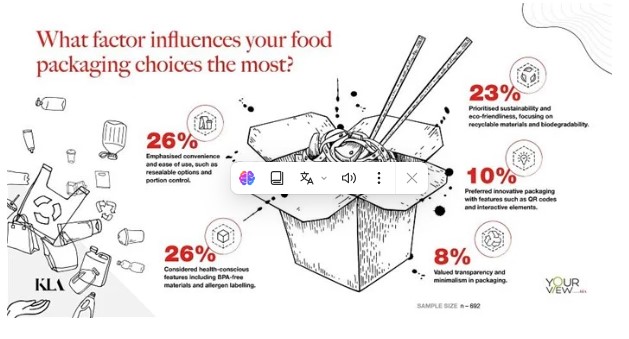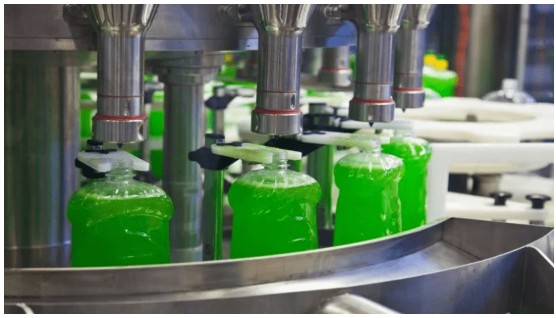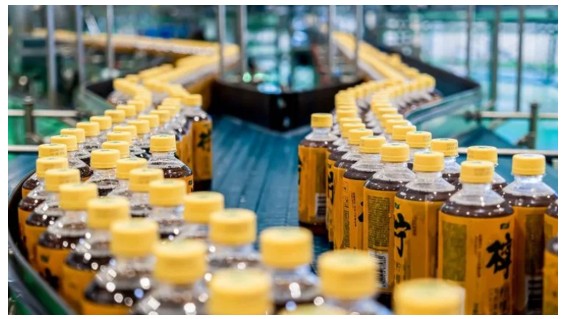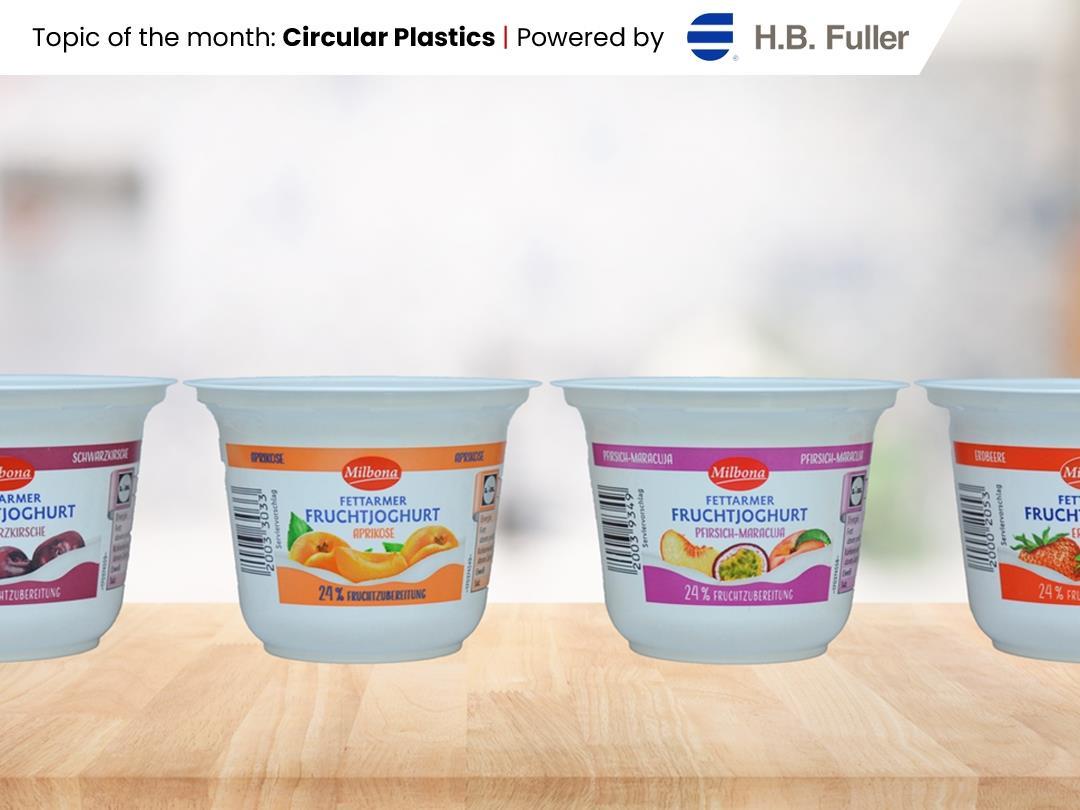Consumer demand for sustainable food packaging has become a major catalyst for change in the industry. With a growing awareness of environmental impacts, consumers are now choosing products with reduced packaging waste and materials that are recyclable and as a result, companies are being compelled to innovate and develop eco-friendly packaging solutions.

According to a KLA YourView poll of 692 South African consumers, 34% indicated that sustainability and eco-friendliness are a priority when making packaging choices. This heightened awareness among consumers has led to significant changes in the industry, as companies are now more willing to explore environmentally responsible packaging options in order to meet the expectations of consumers, thereby impacting purchasing decisions and brand loyalty.
Respondents from the KLA YourView poll indicated the following leading factors that influenced their food packaging choices:
- 26% emphasised convenience and ease of use, such as resealable options and portion control.
- 26% considered health-conscious features including BPA-free materials and allergen labelling.
- 23% prioritised sustainability and eco-friendliness, focusing on recyclable materials and biodegradability.
- 10% preferred innovative packaging with features such as QR codes and interactive elements.
- 8% valued transparency and minimalism in packaging.
The food packaging industry is experiencing a remarkable shift towards eco-friendly innovations, which includes the use of biodegradable and compostable materials, recyclable packaging solutions, and reusable packaging systems. Some of the key innovations include:
- Plant-based plastics derived from renewable sources that decompose more quickly than traditional plastics.
- Mushroom packaging made from agricultural waste and mycelium, providing sustainable and protective packaging.
- Seaweed packaging that is both edible and compostable.
- Biodegradable films made from natural polymers.
Recyclable packaging solutions play a pivotal role in the shift towards more sustainable food packaging practices. Companies like Unilever and Nestlé have invested heavily in creating easily recyclable packaging, with innovations such as clear PET bottles, which are easily sorted and recycled, and bio-based plastics, which offer a lower carbon footprint, gaining traction.
Reusable packaging systems are also emerging as a key innovation in eco-friendly food packaging solutions – durable materials designed for multiple uses help reduce waste volume – examples include:
- Returnable containers.
- Deposit schemes whereby consumers pay a deposit on packaging, which is then refunded upon return.
- Refill stations where consumers can refill containers.
- Subscription services where businesses provide reusable packaging through subscription models.
Leading companies have set powerful examples in sustainable packaging.
For example, Unilever’s commitment to sustainability is exemplified through initiatives in eco-friendly packaging – the company aims to halve its environmental footprint by 2030 through strategies including:
- Pledging that 100% of its plastic packaging will be reusable, recyclable, or compostable by 2025.
- Investing in biodegradable materials that break down naturally.
- Exploring innovative solutions like paper-based soap wrappers and aluminium shampoo bottles, with the aim of reducing plastic usage.
- Educating consumers on proper waste disposal and recycling practices.
Another example is Nestlé’s extensive investment in research and development which positions it at the forefront of sustainable packaging innovation. The Nestlé Institute of Packaging Sciences focuses on biodegradable, compostable, and recyclable materials.
Then there is McDonald’s transition to paper straws which is a reflection of the significant shift towards sustainable practices. This move reduces plastic waste and highlights the influence of consumers on corporate policies.
Effective food packaging also plays a pivotal role in minimising food waste by extending product shelf life and preserving freshness. Innovations like vacuum sealing and modified atmosphere packaging (MAP) enhance the longevity of perishable items, and portion-controlled packaging helps reduce waste by providing the right amount of food needed for single servings. Smart packaging technologies offer real-time information about food conditions, empowering consumers to make informed decisions.
The South African packaging industry is experiencing significant growth driven by sustainability, convenience, and smart technologies, with key trends driving this growth including:
- Rising demand for sustainable materials including biodegradable, compostable, and recyclable materials.
- Development of convenience-focused features such as resealable and portion-controlled packaging.
- Emphasis on health-conscious features that ensure product safety and preservation of nutritional value.
- Integration of smart packaging technologies including QR codes, RFID tags, and sensors for enhanced product traceability.
The future of food packaging will be marked by significant innovations in sustainability and technology. Promising areas include the development of biodegradable and compostable materials, advanced recycling technologies, and smart packaging technology. Reusable packaging systems also encourage a shift from single-use to multi-use containers.
As consumer awareness and regulatory pressures intensify, the food packaging industry must embrace innovative and sustainable practices. Companies that prioritise sustainability will gain competitive advantages and build stronger customer loyalty. The path forward involves material innovation, consumer education, the circular economy, regulatory compliance, and cooperation across the value chain.
Source:
https://www.bizcommunity.com/article/how-consumer-demand-is-driving-change-in-food-packaging







